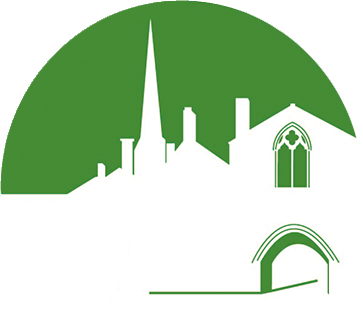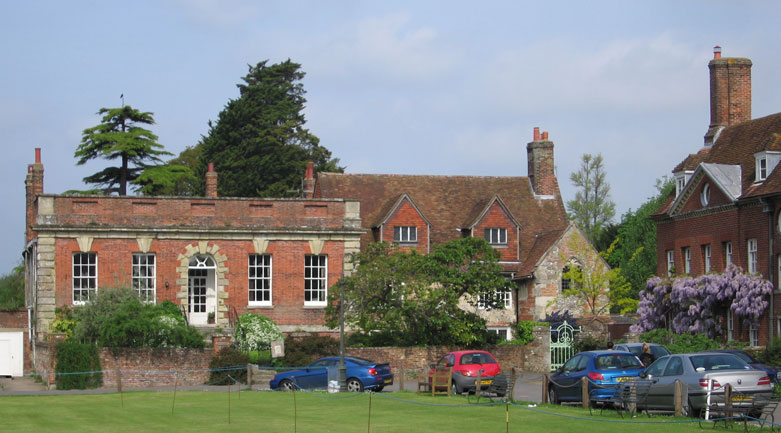Salisbury Cathedral Close Preservation Society
Supporting Excellence in Heritage Estate Management
Hemyngsby
Northgate & West Walk – Hemyngsby
This canonry was named after Alexander de Hemingby who, on his death in 1316, bequeathed it to the Dean and Chapter. His name has also been applied to the earliest consecutive records of the Chapter from 1329 until his death in 1334.
In the 15th century three canons of note, Upton, Fideon and Powell occupied the dwelling. The first, Nicholas Upton, was in his day the leading authority on heraldry in England. As secretary to Thomas Montacute, Earl of Salisbury, he was at his side when the Earl was killed in the unsuccessful defence of Orleans, against Joan of Arc, in 1428. He became Precentor in 1446. Three years later on the evening of the 3rd of June he heard that a riot was taking place at the George Inn in the High Street. Together with Canon Walter Bayle he collected the reserved Host from the cathedral and carried it in procession to the High Street at which the riot came to an abrupt end.
The focus of the trouble was the presence of Lord Moleyns who gratefully accepted Nicholas Upton`s offer of sanctuary in the close. In 1456 Upton took a bag of gold from the Chapter at Salisbury to Rome for the canonisation of St Osmund the following year, and he died in Rome having completed his task. Upton`s successor was William Fideon who, it is said, escaped from Constantinople when the Turks finally overthrew the Byzantine Empire in 1453. Settling as a canon of Salisbury, he rebuilt the great hall chamber in by the deep multi-incisions of his name on the wooden frieze below the finely raftered roof.
In 1525 Edward Powell was living at Hemyngsby and acted as counsel to Queen Catherine of Aragon at the hearing of Henry VIII divorce suite against her. Powell so incurred the King’s displeasure that after Catherine’s death he was tried for treason in London and hanged, drawn and quartered at Smithfield. In the turbulent years of the Reformation that followed, Simon Symonds, the Vicar of Bray in the well-known ballad of that name, lived in the house for three years from 1547.
Although much of the mediaeval house survives, particularly at the northern end, a major repair had to be carried out to the south end in 1727 which, today, gives it the appearance of being two houses. Hemingsby ceased to be a canonry in 1846 after the Church Act of 1840 had reduced the number of residentiary canons at Salisbury Cathedral from six to four.
Text by John Bushell – Photographs by H.-Dieter Scholz


